Forrest J. Ackerman and the Days of the Do-It-Yourself Anthology
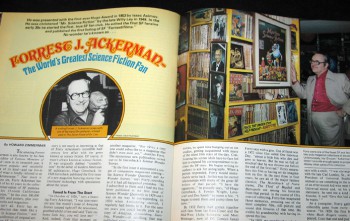 When I was 14 years old, I stumbled on an article in Starlog magazine titled “The World’s Greatest Science Fiction Fan.”
When I was 14 years old, I stumbled on an article in Starlog magazine titled “The World’s Greatest Science Fiction Fan.”
It was about Forrest J. Ackerman, of course: writer, literary agent, and editor of Famous Monsters of Filmland. But Forry’s greatest claim to fame was his legendary science fiction collection, housed in the Ackermansion in Los Angeles.
The article was accompanied by some mind-blowing photos. Forry standing before one of his greatest prides: his complete collection of Weird Tales. Forry posing with the original model used in George Pal’s War of the Worlds. Forry shaking hands with the Maschinenmensch from Metropolis. [Click on the image at left or below for bigger versions.]
The article appeared in the 1978 issue of Starlog, and it had a pretty profound effect on me. After I read it, I knew what my life’s work would be: to build a science fiction collection that could stand with pride alongside Forrest J. Ackerman’s.
These are the things that only a 14-year-old can dream.
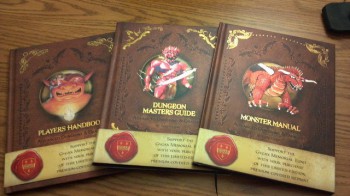

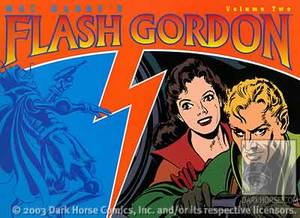
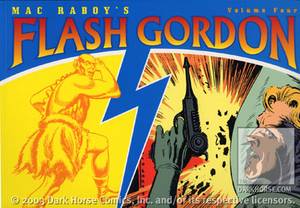
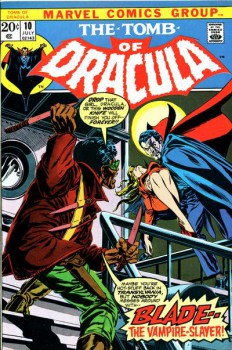
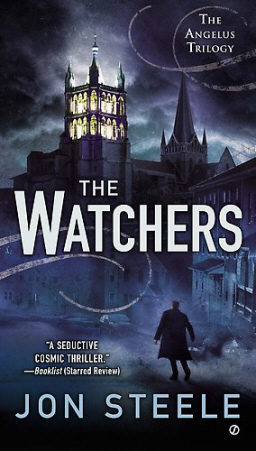

 I got my first taste of Greek mythology from D’Aulaire’s Greek Myths. Later, when I was old enough for Bulfinch’s Mythology, I thought I had graduated to the real thing. Homer came to me by way of a dusty turn-of-the-century book with a title along the lines of The Boy’s Own Homer, with glorious color illustrations. D’Aulaire gave me the Norse myths, too, though I didn’t get The Ring of the Niebelungen until a friend gave me a mixtape that included
I got my first taste of Greek mythology from D’Aulaire’s Greek Myths. Later, when I was old enough for Bulfinch’s Mythology, I thought I had graduated to the real thing. Homer came to me by way of a dusty turn-of-the-century book with a title along the lines of The Boy’s Own Homer, with glorious color illustrations. D’Aulaire gave me the Norse myths, too, though I didn’t get The Ring of the Niebelungen until a friend gave me a mixtape that included 